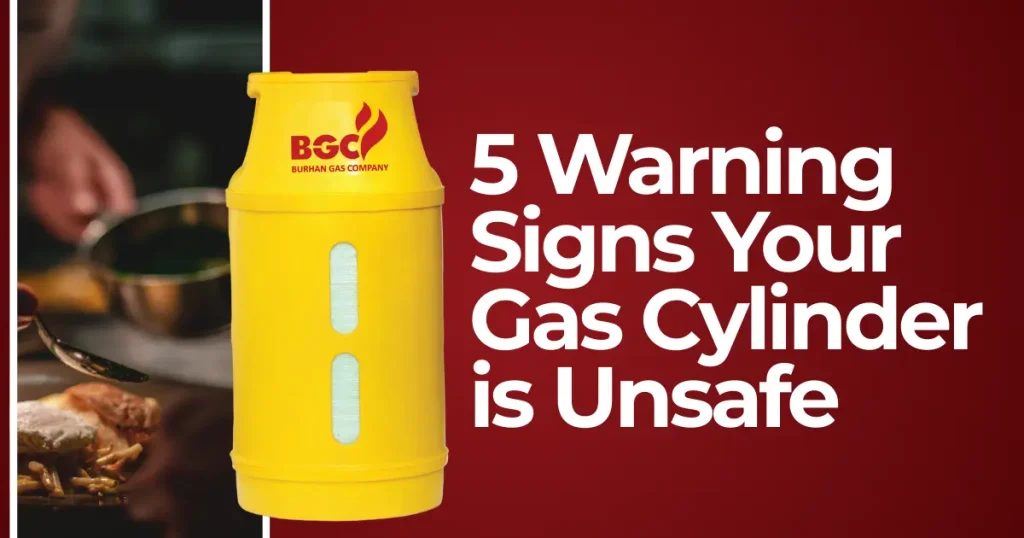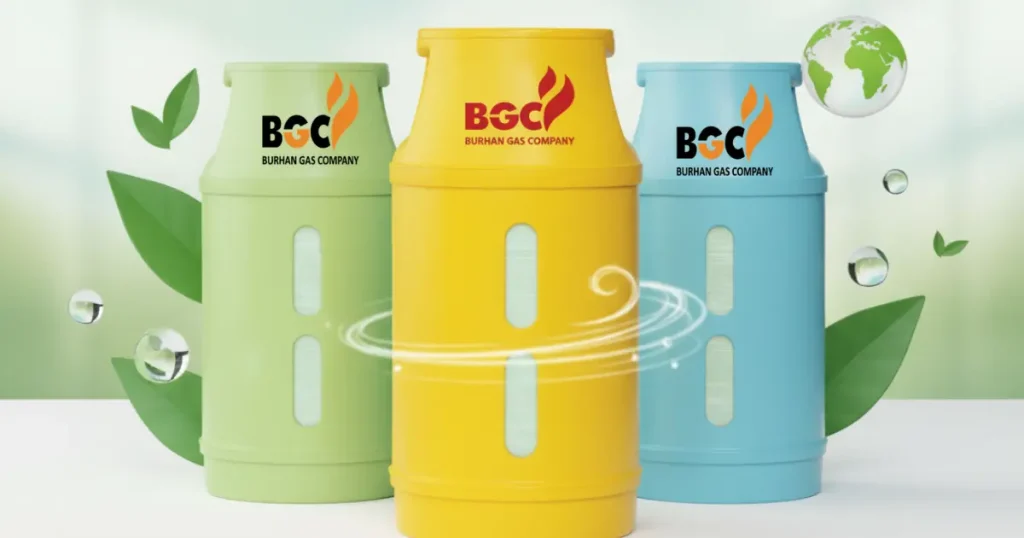Composite cylinders have transformed industries from LPG storage to aerospace applications, offering unmatched strength, safety, and light weight compared to traditional steel cylinders. Their performance comes down to a carefully engineered multi-layered construction, where each layer plays a critical role in containing pressure, resisting damage, and ensuring long service life.
Let’s break down the three key layers and the materials that make composite cylinders so unique.
Inner Liner: The Gas-Tight Core
The inner liner is the foundation of the cylinder, acting as the primary gas barrier.
- Purpose: Prevents gas from escaping and ensures leak-tight containment.
- Materials:
- HDPE (High-Density Polyethylene): Blow-molded polymer liners are lightweight, corrosion-resistant, and flexible.
- Aluminium Alloys (e.g., 6061): Thin-walled, seamless aluminium liners provide excellent gas impermeability and mechanical strength.
- Design Features: Domed top and bottom sections are often incorporated for even stress distribution, and the liner is seamless, eliminating weak points where leaks could occur.
Composite Reinforcement Layer: The Strength Backbone
This is the workhorse layer, giving composite cylinders their remarkable mechanical strength and ability to handle high pressures.
- Purpose: Resists the massive internal stresses generated by pressurized gas.
- Process: Fibers are wound around the liner using computer-controlled filament winding machines. The winding pattern (hoop, helical, or polar) is optimized for maximum strength.
- Materials:
- Fibers:
- Carbon Fiber – Extremely strong and lightweight, providing superior stiffness.
- Glass Fiber – Strong and cost-effective, often used as a structural or sacrificial layer.
- Resin Matrix: Typically, an epoxy resin, which bonds the fibers together, transfers loads across them, and provides durability.
- Fibers:
The result is a fiber-resin composite shell that bears most of the internal pressure load.
Outer Jacket / Protective Layer: The Armor
The outer layer (casing) functions as the first line of defense against everyday wear and tear.
- Purpose: Protects the cylinder from impacts, abrasion, and UV exposure, ensuring the structural layers remain intact.
- Materials:
- Glass Fiber: Often used as a sacrificial impact layer that can take scratches and abrasions without compromising the main structure.
- Polymers (e.g., HDPE): Provide a smooth, durable, and weather-resistant finish.
This layer ensures the cylinder can survive handling, drops, and environmental exposure without losing safety or performance.
Key Materials at a Glance
- Liner Materials:
- HDPE → Lightweight, corrosion-free, cost-effective
- Aluminium Alloy (6061) → Strong, gas-tight, reliable
- Reinforcement Fibers:
- Carbon Fiber → High strength-to-weight ratio, stiffness
- Glass Fiber → Affordable, durable, impact-resistant
- Resin Matrix:
- Epoxy → Bonds fibers, distributes loads, resists chemicals and heat
Why This Layered Design Matters
The three-layer construction ensures that composite cylinders are:
- Lightweight → Up to 50% lighter than steel equivalents
- Stronger → Withstand higher pressures without risk of explosion
- Safer → Designed for gradual gas release in fire, not sudden rupture
- Durable → Resistant to corrosion, UV radiation, and physical damage
This is why composite cylinders are used not only for LPG but also in scuba tanks, medical oxygen cylinders, and aerospace fuel systems — applications where both light weight and high strength are critical.
Conclusion
Composite cylinders are more than just modern alternatives to steel — they are engineered pressure vessels where every layer, fiber, and resin is carefully selected for maximum safety and performance. From the inner liner that keeps gas sealed, to the fiber-reinforced shell that provides strength, to the outer protective jacket that ensures durability, their construction represents the best of materials science and engineering.
This unique combination of layers, liners, and materials makes composite cylinders the gold standard for safe, sustainable, and efficient pressurized gas storage.






